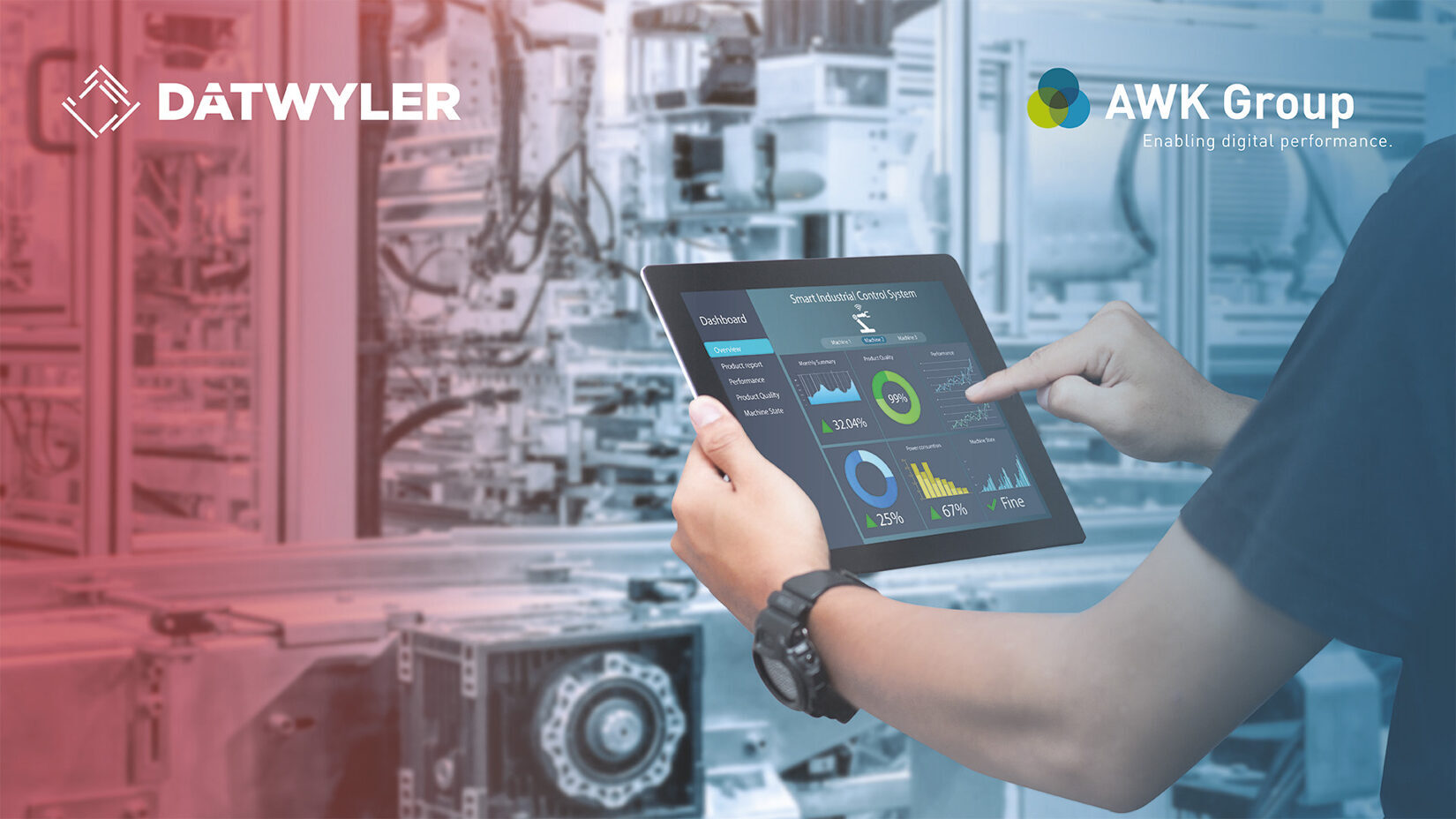Conquering new markets with the Smart Factory

Daetwyler IT Infra AG is in a project to realize its own Smart Factory and at the same time is transforming itself into a global service provider. In a joint webinar with Eraneos, Adrian Bolliger, Managing Director Europe, Daetwyler IT Infra and Richard Scheiber, Head of Production Engineering,
Daetwyler IT Infra explained how the production company proceeded with the implementation of its Smart Factory.
- Securing the production site in Switzerland
- Faster changeover times and less scrap in production
- Responding more agilely and quickly to customer needs thanks to the smart factory
- Bringing employees along on the transformation journey
- Greater flexibility in production and fewer process errors
- Lower manufacturing costs and fewer and shorter equipment failures
- Increasing production lot size to meet demand
- Adapting the product portfolio from internal experience and thus expanding the future market offering
This requirement was at the top level: with the smart factory, all raw material data, plant data and quality data were to be traceable throughout the entire process for each cable. It is true that a lot of data was already available in Daetwyler's production even before the introduction of a smart factory. But between the plants per process island and especially between the process islands themselves, it was not linked. "We had a lot of data islands and a lot of paper," Scheiber explains the initial situation.
Another challenge was the dependencies between the process steps, which, instead of being documented, mapped in a process or analytically traceable, were mostly in the heads of the employees. Transparency and tracking of process steps between the flow of material over time throughout the manufacturing process were difficult and not traceable. These needs gave rise to the need to map the entire process as a data structure.
In the video, Richard Scheiber explains how Daetwyler proceeded specifically in setting up the system landscape.
An important element in setting up a Smart Factory was the introduction of a Manufacturing Execution System (MES) as the heart of Industry 4.0. To this end, Daetwyler first evaluated an MES partner who had expertise in cable production and could optimally map its own production processes in the system. The following functionalities were in the foreground for Richard Scheiber:
- Order management, material management (batch) in connection with the plant process data
- Equipment and tool management, quality management and maintenance
- Detailed planning
You can find out more about MES in the Eraneos e-paper "MES - Manufacturing Execution System - The key to highly agile production?
Another major challenge in setting up a smart factory is that industrial companies cannot usually renew the entire production facilities one-to-one (greenfield), but rather build the smart factory on an existing machine park (brownfield). In this context, Daetwyler IT Infra has so far equipped about 50 machines with connectivity in production. However, not all machines could be upgraded immediately. For example, there were various machines whose controls did not have an OPC UA interface. Here, Daetwyler worked closely with the respective machine and plant
manufacturers to be able to read out the necessary data from the machine control system. A great advantage for Daetwyler in this context was the availability of its own competent system engineers.
In the view of Adrian Bolliger, Managing Director Europe, a critical success factor for the success of such a project is the commitment and involvement of management. They have to find the balance between empowerment and self-commitment, allow mistakes and learn to deal with uncertainties and imperfections. In particular, they have to get out of their comfort zone and try out new things, as well as rethink existing business models.
You can hear the answer in the audio on how Daetwyler IT Infra went about calculating ROI.
Listen to the audio to hear how Daetwyler IT Infra approached the topic of cyber security.

Recommendation from the management perspective for a smart factory
Adrian Bolliger's recommendation for a successful implementation of the Smart Factory project in key points:
- Formulate digital vision and rethink existing business models
- Get out of the comfort zone and try out new elements
- Guarantee a good mix between empowerment and own commitment
- High management commitment to the project
- Allowing for mistakes and simply trying things out
- Learning to deal with uncertainty and "non-perfectionism".
How should companies approach digital transformation to benefit from process optimization, new business models and improved customer interaction?
Manufacturing
Digital transformation opens up new opportunities in the service business. For example, the automation of service processes, new digital interfaces to the customer, and new service products and business models are only made possible by digitalization.
Data Analytics & AI Study
What causes successful data value creation to fail? The international study locates the causes and corresponding optimization potential.
Current events
We would like to welcome you to our events and discuss with you selected questions on current topics.
